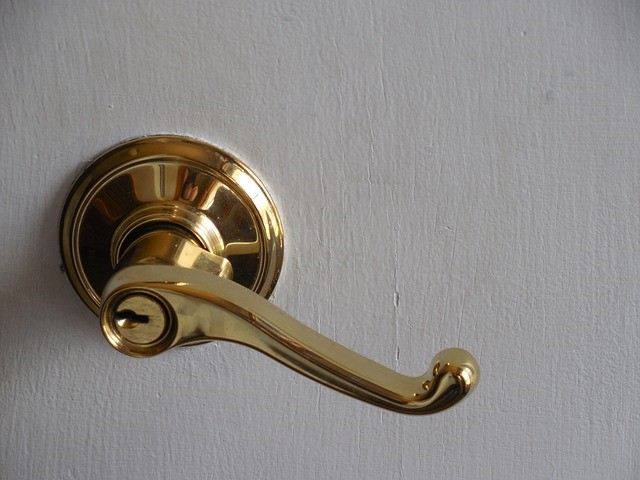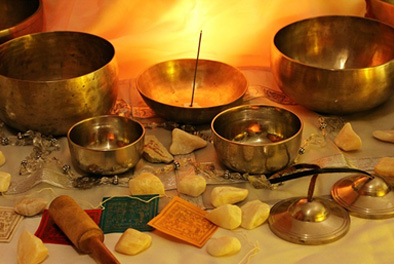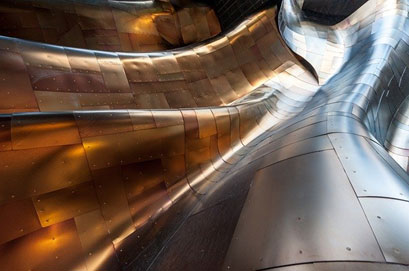In a not so distant past, our ancestors used to think of metals as a gift from the gods. Metals were, after all, the toughest materials around during those times. They were used to make weapons, armors, cookware, and just about anything that makes life easier. Even today, metals are still a highly regarded material. As the lifeblood of industrialization, their significance is expected to continue for centuries until a new, more efficient alternative is discovered, which is still quite unthinkable.
One of the metals that has stood the test of time is copper. Humans discovered it over 10,000 years ago and yet here we are still exploring its multiple properties. Thanks to copper, we can enjoy safe electricity, take a bath with warm water, travel around in our own vehicles, and more. It’s contributed to society so much that the world might not be able to survive without it.
Copper has many offerings to this world, and one of those is the alloy brass. It’s a metal produced by combining copper with zinc. Although not as popular as bronze (also an alloy of copper, which is produced by combining copper with tin), brass is quite a notable metal, and it is equally useful to boot. Brass’s strange history may have to do with its infamy.
Discovery of Brass
Brass has been widely used even during the latter part of the Bronze Age. It just wasn’t recognized as an alloy of copper similar to bronze because the zinc vapor used to produce it wasn’t identified as a metal. It’s even mentioned many times in the Bible but the term “necosheth” was used, which means “bronze of copper”. It didn’t take long though before brass became renowned, following zinc’s recognition as a metal.
Eventually, during the latter part of the first millennium BC, brass had finally started to ascend to popularity. In some of the manuscripts written by the 4th century BC writer Theopompus, brass was identified as oreichalkos, which could be produced by mixing “droplets of false silver” (referring to zinc) and copper. The production further improved during the collapse of the Roman Empire in the Medieval Period, mainly because of the disruption in the trade of tin for bronze from Western Europe.
Brass Properties and Uses
As the technology used in metallurgy evolved, exploring the properties of brass became easier. It also became possible to create different versions of brass to meet various needs. Now, brass suppliers are more common than ever, thanks to the non-stop production since the industrial revolution. Here are some of the major properties and uses of brass.
-
Malleability
– One of the qualities of most metals that you won’t find in any other material is malleability or the ability to be flattened into thin sheets without breaking. Of the two metals that make up brass, copper is the more malleable one. Zinc, on the other hand, contributes hardness to the alloy, keeping brass tough even when it’s thin. Thanks to this property, brass metal plates used for machine casing and surface covering.
-
Tensile Strength
– Most metals have a natural ability to resist tension, so much so that they are often used as reinforcement for structures that involve pulling forces. Due to their malleability, they are not very good at resisting compressive forces. This property makes brass alloys the ideal material for nuts, bolts, and threaded parts.
-
Machinability
– Brass is also known for its high machinability. It can easily be cut and reshaped without compromising its density and strength. It’s no wonder a lot of machines that require parts with detailed extrusions rely on brass.
-
Acoustics
– If there’s one thing brass is truly popular for, it’s its great acoustic property. This is why it is a preferred material for musical instruments, so much so that an entire family of musical instruments was named after it. Brass instruments, such as the trombone, tuba, trumpet, cornet, baritone horn, euphonium, and tenor horn create great sound that can hardly be mimicked by the same instruments made from other materials.
-
Antibacterial Property
– Brass is also known for its ability to trigger an oligodynamic effect thanks to its main metal content, which is copper. It’s one of the few metals that release ions capable of breaking down certain proteins in microorganisms, killing them in the process. This is why brass is the metal of choice for applications such as water filtration and food processing. It is also the most ideal metal for frequently touched home fixtures such as doorknobs, railings, and even countertops.
-
Natural Elegance
– Seeing brass for the first time can give you the same impression when you first saw gold. That’s because brass appears very similar to gold, except it’s much cheaper. This is why brass is often used for decorations that require gold’s sheen and shade. It is the perfect alternative.
Where to Buy Brass
Surprisingly, despite being not as popular as other metals like aluminum and iron, brass is pretty much accessible. Top North American brass suppliers like Rotax Metals have all the brass supplies you need from angle bars and plates to tubes and pipes. Only get your supplies from a reputable supplier to ensure quality and variety. It also helps to inquire about how or where they source their supplier. Most reputable suppliers have their own foundry.
Sources:



 Before brass became one of copper’s most essential alloys, it was first thought to be just the result of a flaw in the manufacturing process, considered as either bronze or copper depending on which it resembles more. Today, brass is identified as a metal on its own just like bronze and copper as well as extensively utilized for a wide array of applications. But where does brass come from and what applications is it used for?
Before brass became one of copper’s most essential alloys, it was first thought to be just the result of a flaw in the manufacturing process, considered as either bronze or copper depending on which it resembles more. Today, brass is identified as a metal on its own just like bronze and copper as well as extensively utilized for a wide array of applications. But where does brass come from and what applications is it used for? Metals are classified into two types. Those that contain iron and are widely utilized for large-scale construction and industrial applications are classified as ferrous metals, while those that don’t contain iron and are often exploited for their electrical conductivity, corrosion resistance, and antibacterial properties are classified as non-ferrous.
Metals are classified into two types. Those that contain iron and are widely utilized for large-scale construction and industrial applications are classified as ferrous metals, while those that don’t contain iron and are often exploited for their electrical conductivity, corrosion resistance, and antibacterial properties are classified as non-ferrous.